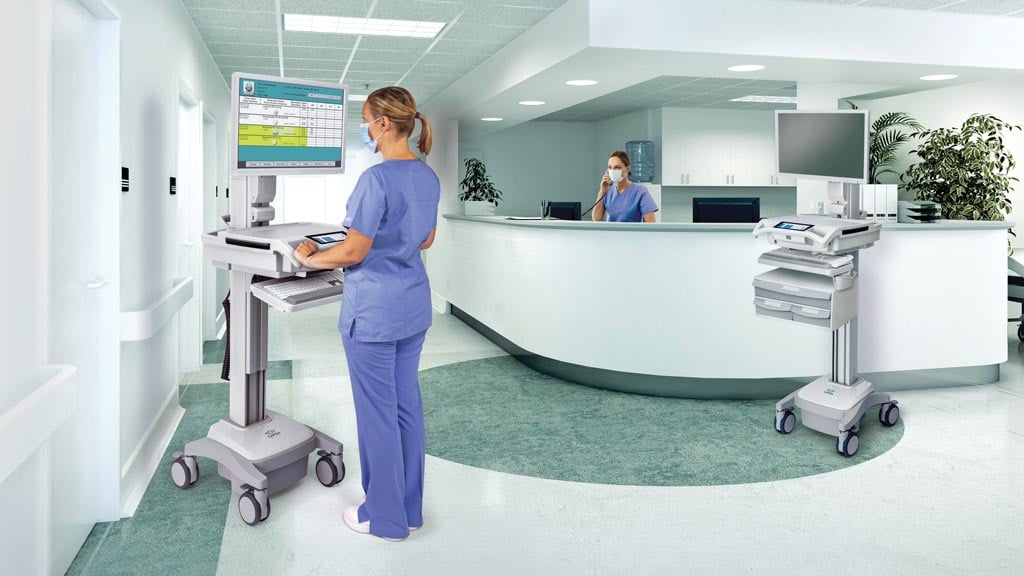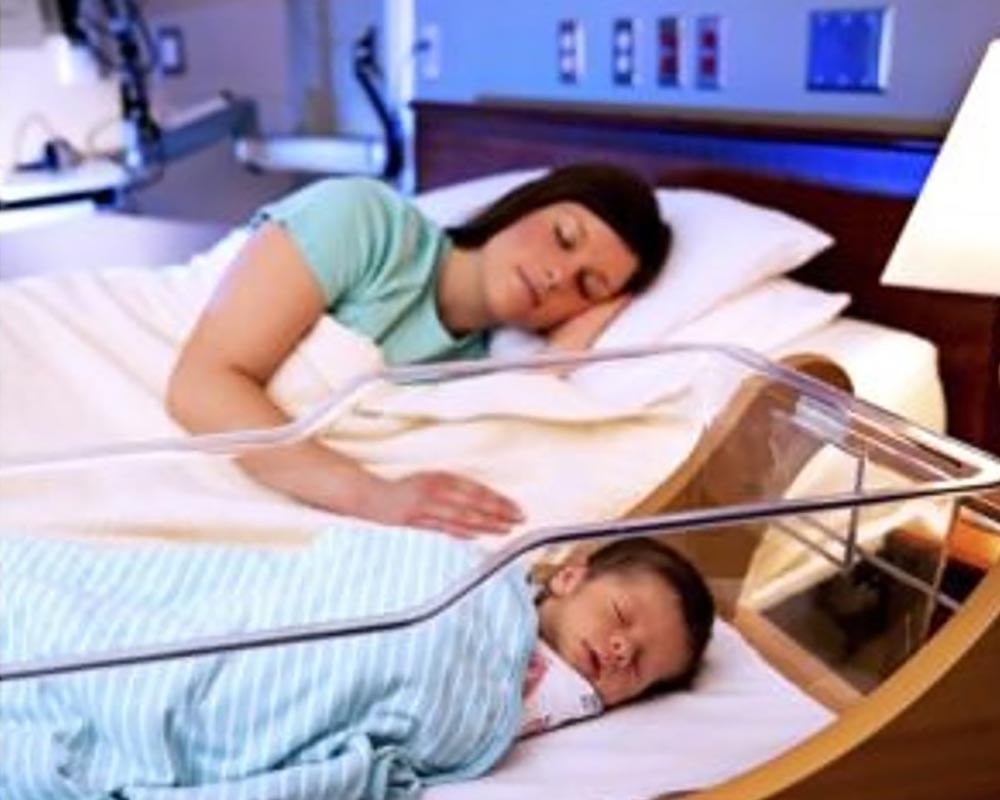This time of year, spring breakers are flocking to warm, oceanside beaches for a reprieve from cold weather and the stresses of life. Unfortunately, I will not be amongst those going for a swim in the salty waters. You may be curious why I don’t swim in the ocean, and that reason would be my healthy fear of sharks. While I understand the exponentially greater probability of being killed by lightening, I am aware that I can take steps to reduce the slight risk of a shark attack by staying out of the water. The same is true for patient security. Even though the risk of patient abduction and elopement is quite small, I am confident your facility has taken steps to reduce that risk as much as possible.
The National Center for Missing and Exploited Children (NCMEC) has reported 308 infant abductions in the United States since 1983, and 133 of these abductions were patients from the Obstetrics Departments in hospitals. Last year, two high profile infant abduction attempts were made at hospitals in Louisiana and Nebraska. Thankfully in both these cases, the patients were successfully recovered unharmed. Nonetheless, it should serve as a reminder that abductions still occur today.

And while the misconception exists that abductions only occur in Obstetrics Departments, another area within the hospital is also at risk. Of the 308 infant abduction attempts NCMEC recorded since 1983, 17 occurred in hospital Pediatrics Departments. Abductions are not the only threat facing Pediatrics Departments as the patients may also be older, more mobile and may attempt to elope from the hospital. This patient demographic is challenging given the large age range and variety of maladies they are facing. Another concern for hospitals are patients with special needs, like autism, who have a propensity to attempt escape due to overwhelming surroundings or unfamiliar environments.
DID YOU KNOW? NCMEC recommends that health care facilities implement similar and consistent security protocols in Pediatrics as they use in Obstetrics Departments, including the use of electronic Patient Security Systems.
Along these lines, another area facing patient security risks are departments with patients who are a flight risk. These patients can be found in Emergency, Rehabilitation, Mental Health, or Geriatrics and are generally more ambulatory. Elopement or wandering from these areas is commonly attributed to patients suffering from head trauma or psychological impairments (medical side effects, Dementia, Alzheimer’s, etc.).
The Joint Commission considers a situation where a patient elopes or wanders from the hospital and causes self-harm or even death a sentinel event.
Inevitably, risks such as these greatly increase the chances that an abduction or elopement may occur. These events have a devastating impact on both the victim’s families and the health care staff. Nursing staff are often considered surrogate family members to their patients, and their level of commitment and dedication runs very deep. In fact, hospital staff members have reported suffering post-traumatic stress disorder (PTSD) after these devastating situations occur, even when a patient is found safe and unharmed.
A hospital’s policies, procedures, and nursing practices are always the front line of defense, but they should be reinforced with an electronic Patient Security System. Patient Security Systems are put in place to monitor and document in the event of an alarm. Often just a public statement that a facility has a Patient Security System installed can help deter an abductor. Given the complexity of patient care today, Patient Security Systems are becoming a necessity and making a difference when an abduction or elopement occurs. Additionally, these systems can improve the outcome for patients at risk of abduction/elopement attempts, reduce costs, and limit the liability for care providers and the individual organization.
Stanley Healthcare understands the concerns and challenges of protecting a range of patients in the Obstetrics, Pediatrics, Emergency, Rehabilitation, and Long Term Care departments within the hospital. As a result, they created the HUGS, PEDZ and PASSPORT Patient Security Systems; systems that are easily scalable and expandable into new areas of a facility. Each system uses the same technology and infrastructure but has a software application that is tailored for patients in their respective environments.
Choosing the right Patient Security System is only part of the equation. Another large part is the installation and training necessary for providing effective patient security. This is where Innovative Medical Systems (IMS) comes into play. We are industry experts with over 18 years of patient security experience. Over half our staff is dedicated to the sales and support of 330+ systems within the Midwest. Our proven track record, close attention to detail, and proactive approach to ongoing maintenance and support are all keys to our continued success. We look forward to working with you to reduce risks while improving staff and patient satisfaction.



